In addition to taking my favorite probiotic supplement, I also make an effort to include functional foods containing both prebiotics and probiotics in my diet on a regular basis.
Vegan and Non-Vegan Probiotic Foods
A number of traditionally fermented vegan foods are rich in “friendly” probiotic bacteria as well as enzymes. Fermented foods improve digestion, help restore the balance of bacteria in your gut and even boost your body’s ability to absorb the nutrients from the foods you eat.
Fermented vegetables such as raw sauerkraut or kimchi are excellent examples. Please note, raw sauerkraut is not the stuff squatting unrefrigerated in the can on the supermarket shelf; you’ll only find raw sauerkraut (kimchi too) in the refrigerated section of your natural foods or health foods store. Fermented vegetables such as raw sauerkraut and kimchi are delicious Clean Cuisine condiments when eaten alone or paired with savory dishes.
Pickled carrots, beets and cucumbers are also rich in probiotics and very tasty too. Kombucha is a tart and tangy beverage made from fermented tea and a great vegan source of probiotics as well as antioxidants and B-vitamins too.
Learn to Make Your Own Fermented Foods!
If you can’t locate foods like raw sauerkraut or beverages like Kombucha you can always try making them yourself, which will save you a lot of money. I will admit I have not done this yet and to be honest I would be a bit nervous to try without learning from someone who really knew what they were doing.
Traditional Miso served in Japanese restaurants (like this delicious miso soup above) is another excellent vegan source of probiotics made from fermented soybeans, barley or rice. Although miso isn’t a raw food the fermentation process makes it “live” and full of natural digestive and health –enhancing enzymes.
For the healthiest miso look for a brand that is unpasteurized. It is easy to find unpasteurized miso in the refrigerated section of natural foods stores or in Asian markets. Miso is delicious in many recipes and very easy to make as a simple soup; dissolve a tablespoon of miso in a cup of hot water. You can then drink as-is or add some tofu, seaweed and scallions. Delish!
Soy sauce and pickled ginger are also popular in Japanese restaurants and both are good sources of probiotics. However, as with miso, the healthiest soy sauce will be unpasteurized. Namu shoyu is an unpasteurized soy sauce made from cultivated soybeans and wheat; it is aged for months (or even years.) Namu shoyu is free of preservatives and full of enzymes and probiotics. Look for namu shoyu in the natural foods store.
Tempeh is another vegan food rich in probiotics. Originating from Indonesia, tempeh is made from fermented soybeans. It has a nutty, slightly mushroom-y taste and makes a good substitute for meat (it is particularly good when crumbled and used as a ground beef substitute for sauces and stuffed peppers.) I also like to marinate and pan-sear tempeh as a substitute for seared chicken breasts. One of my favorite tempeh recipes is my Slow Cooker Mexican-Style Vegetarian Stuffed Peppers. I also use tempeh in my “flexitarian” style Bolognese Sauce.
Non-vegan foods rich in probiotics include kefir, yogurt and raw cheese. Keep in mind raw cheese is very difficult to find and many yogurts are loaded with unhealthy sugars and additives. Kefir is a better choice than yogurt because it contains the broadest spectrum of live active cultures.
Prebiotic Foods
 Prebiotic foods are found in more “everyday” foods including garlic, onions, tomatoes, asparagus, bananas and wheat (nutrient-dense sources include wheat berries, wheat germ and sprouted whole wheat bread.) Prebiotics are easy to incorporate in your diet on a daily basis. For example, having a banana smoothie for breakfast and tomato sauce with pasta for dinner could help you boost your prebiotic levels. Even eating garlic on a regular basis (including my favorite, roasted garlic) is an easy way to boost your consumption of prebiotics as well as improve health in many other ways too.
Prebiotic foods are found in more “everyday” foods including garlic, onions, tomatoes, asparagus, bananas and wheat (nutrient-dense sources include wheat berries, wheat germ and sprouted whole wheat bread.) Prebiotics are easy to incorporate in your diet on a daily basis. For example, having a banana smoothie for breakfast and tomato sauce with pasta for dinner could help you boost your prebiotic levels. Even eating garlic on a regular basis (including my favorite, roasted garlic) is an easy way to boost your consumption of prebiotics as well as improve health in many other ways too.
Also, since prebiotics are non-digestible carbohydrates they could in theory help with weight loss. Interestingly, in a Canadian study, subjects who took a daily dose of oligofructose (a prebiotic fiber) experienced reductions in blood glucose and insulin not seen in subjects who took a placebo, and they lost more than twice as much weight.
Raw, unfiltered apple cider vinegar such as Bragg Organic is also a good source of prebiotics. This tart and tangy condiment could even help with blood sugar levels; a 2007 study in Diabetes Care on diabetic human patients found that blood glucose levels were four to six percent lower in those who took two tablespoons of apple cider vinegar before bed compared to those who didn’t.
I have recently made raw unfiltered Bragg apple cider vinegar part of my daily routine, primarily eating it on salad dressings. However, it’s also good in hot herbal tea with a little raw honey. Bragg even makes sugar-free apple cider vinegar drinks that come in four flavors: apple cider vinegar and honey, apple cinnamon, gingerspice, and concord grape acai. You might want to give those a try too!
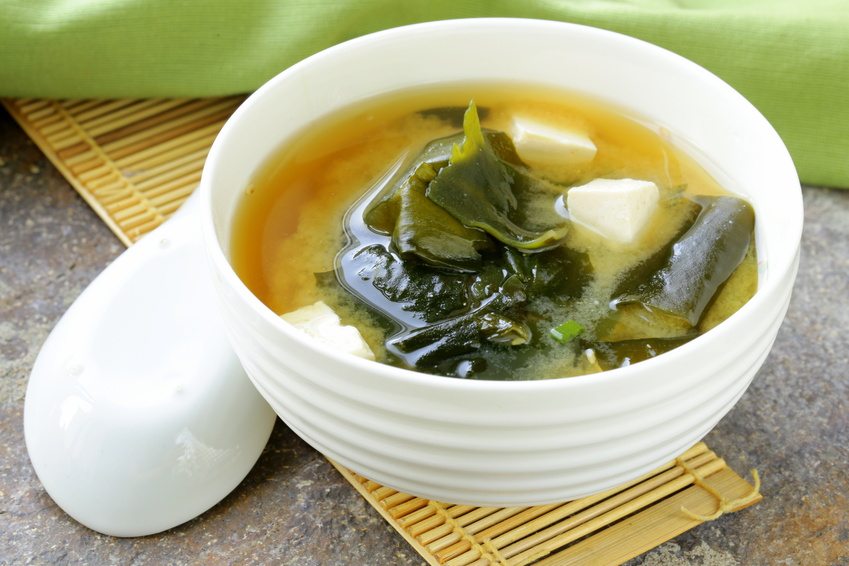
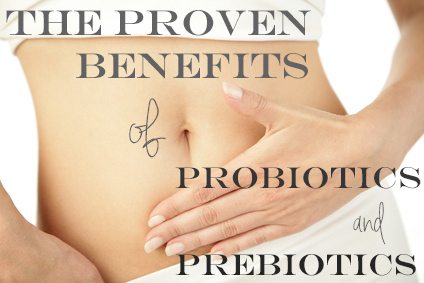


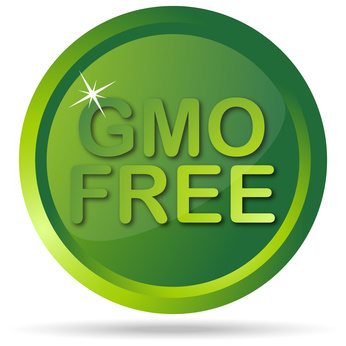

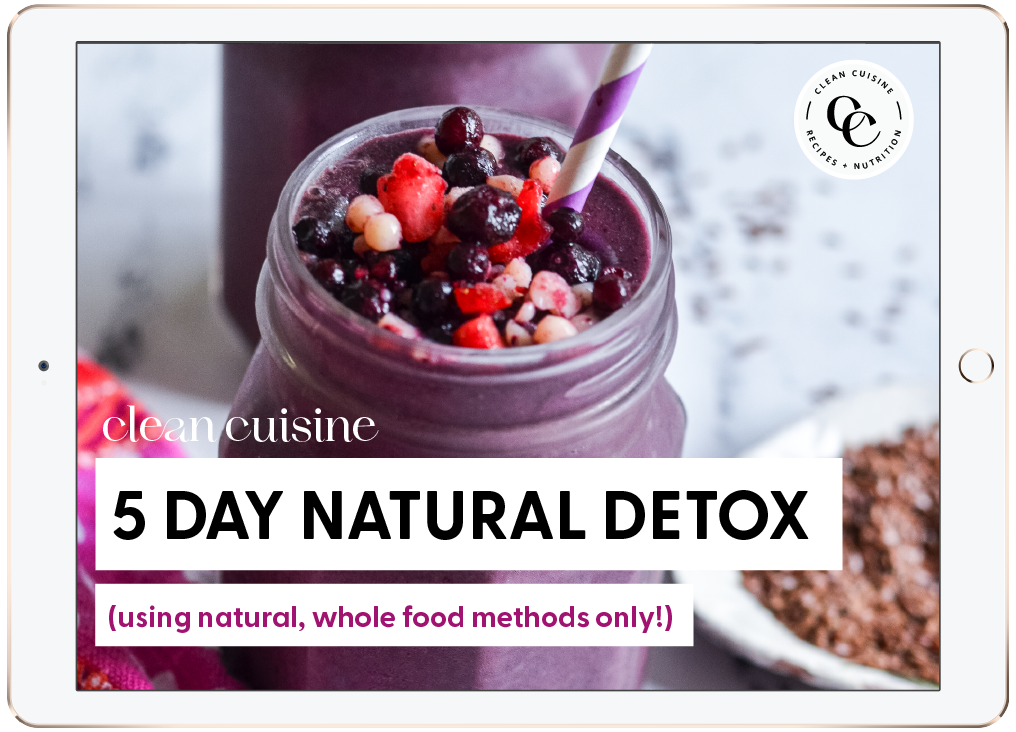
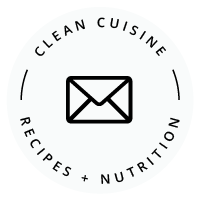
Jasmine
Tuesday 3rd of October 2017
Great article, enjoyed reading it.